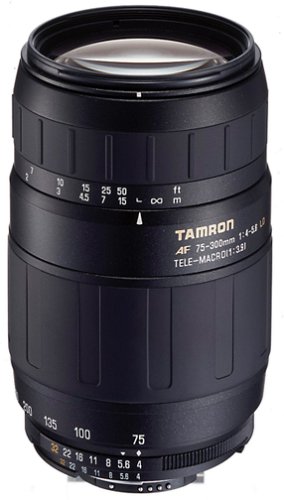Wednesday, November 30, 2011
Saturday, November 26, 2011
Minolta Dimage Scan Multi Ii Film Scanner
!: Last Minute Minolta Dimage Scan Multi Ii Film Scanner This instant
Brand : MinoltaRate :

Price :
Post Date : Nov 26, 2011 22:04:37
N/A
Combining impressive hardware technology with versatile software applications, the Minolta Dimâge Scan Multi II film scanner is indispensable for both imaging professionals and avid amateurs. Its software driver offers nearly 600 automatic settings in nine categories with additional customization easily possible. Working with a variety of Macintosh operating systems, it functions equally well on Windows 98, 98, and NT 4.0, connecting through a simple USB port.
Standard usage permits up to six sleeved or four mounted slides. Optional accessories include the AD-100 adapter and the SC-100 slide feeder, both of which improve productivity by allowing you to scan up to 50 images in one batch. An additional timesaver is Multi Sample Scanning, which quickly reduces the random noise present with scanned images. Using RGB sensors that scan images line by line, the finished images have a maximum resolution up to 2,820 dpi, ensuring finely grained results in print sizes up to 8 by 10 inches. Taking the extra time to use features like Digital ROC (Reconstruction of Color) and GEM (Grain Equalization Management) virtually guarantees perfect clarity in all your photos.
With all these advanced functions, the scanner remains relatively easy to use with a simple window- and tab-based interface that allows you to control everything from color balance to histogram compensation. --Jill Lightner
Cheap Silk Pillows Accutire Tire Gauges Buy Information Milwaukee Electric Chainsaw
Wednesday, November 23, 2011
Tamron AF 75-300mm f/4.0-5.6 LD for Konica Minolta and Sony Digital SLR Cameras
!: Shop For Tamron AF 75-300mm f/4.0-5.6 LD for Konica Minolta and Sony Digital SLR Cameras compare
Brand : TamronRate :

Price : Too low to display
Post Date : Nov 23, 2011 14:18:41
Usually ships in 24 hours
SThis extended-range zoom offers true telephoto capability ideal for a variety of applications including sports and wildlife shooting. The lens also features the capability to provide beautifully blurred background to high light the main subject in portraiture, or compression effects that make the most of the telephoto lens.
American Girl Bunk Bed Binocular Telescope Immediately Great Deals Kef Speakers Usa
Monday, November 21, 2011
Minolta XG9 35mm SLR Camera/w Data Back
Thursday, November 17, 2011
Tamron AF 70-300mm f/4.0-5.6 Di LD Macro Zoom Lens for Konica Minolta and Sony Digital SLR Cameras
!: Shop For Tamron AF 70-300mm f/4.0-5.6 Di LD Macro Zoom Lens for Konica Minolta and Sony Digital SLR Cameras This instant
Brand : TamronRate :

Price : Too low to display
Post Date : Nov 18, 2011 05:09:18
Usually ships in 24 hours
The Tamron 70-300mm f/4-5.6 Di LD Macro Autofocus Lens is a compact, light-weight, ultra-tele zoom which covers the 70mm to 300mm telephoto range and produces photographs of exceptional image quality. It is ideal for taking pictures at a distance particularly when the subject is difficult to approach such as in nature and wildlife photography as well as at sporting and theatrical events. The Tamron 70-300mm also excels at portraiture and allows you to isolate the subject from the background for eye-catching, dramatic portraits. This versatile zoom has superb macro capability with a magnification of 1:2 enabling 1/2 life-size close-up shots of flowers, insects, and other objects that normally would require the use of a specially designed macro lens. This new lens is made with the Tamron Di (Digitally Integrated) design which uses an optical system with improved multi-coatings designed to function with Digital SLR Cameras as well as Film SLR Cameras. Tamron also incorporates LD (Low Dispersion) glass in this lens to correct chromatic aberration, resulting in clear, sharp, and beautifully vivid images.
Saving Amanda Palmer Wiki Purchase Gas Leaf Blowers For Sale













